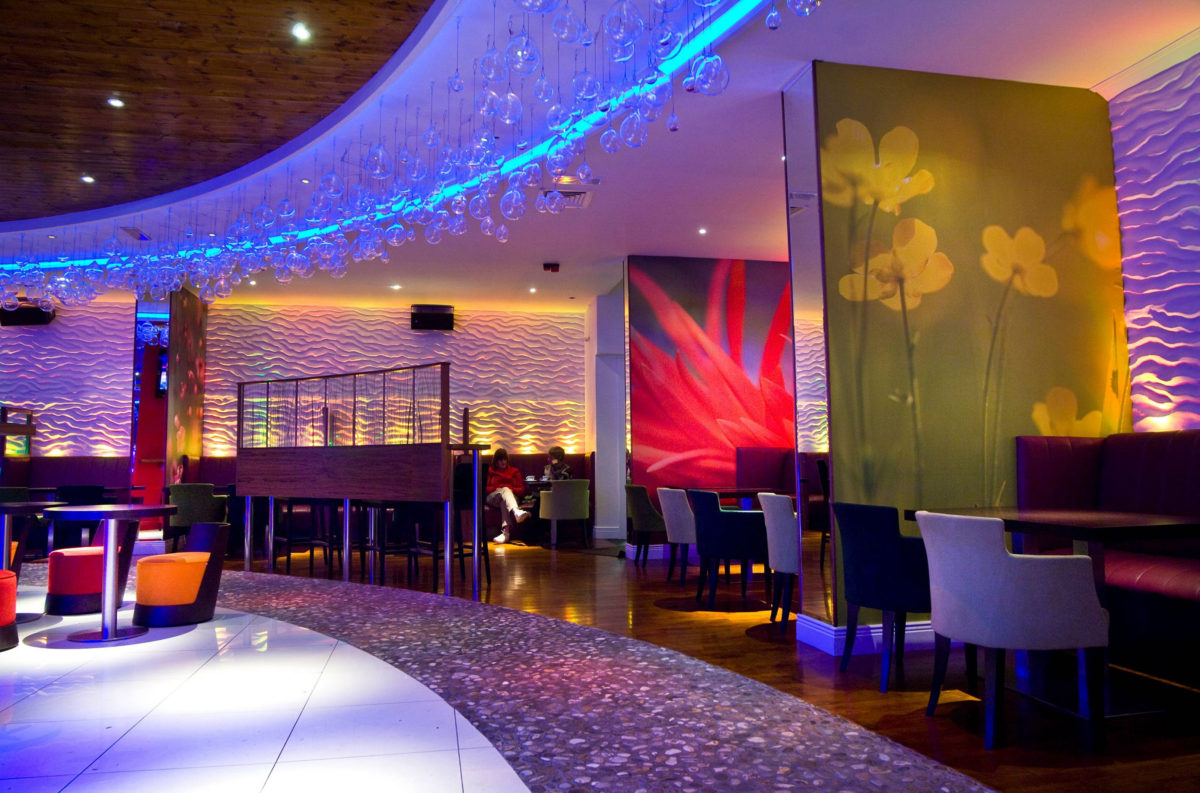With renewed sources of capital, hotel owners, operators and brands are investing again—seizing the opportunity to keep properties fresh and to stay competitive.
Cautious optimism reigns and budgets remain tight, so properties must prioritise spending to maximise ROI. These are some of the updates hotels are (or should be) spending money on.
Restored consumer confidence and business spending is bringing capital back to the hotel market sooner than many anticipated.
Adaptive Reuse of Buildings for new Hotels
Adaptive reuse—the art and design science of reinventing buildings—occupies a small but powerful niche within the larger world of hotel development. It’s powerful because it gives hoteliers a way into otherwise impenetrable urban centres.
It also gives them a road less travelled. Let’s face it, turning a former office building (or warehouse or theatre) from the 1930’s into a hotel demands not only creativity but an open mind. It demands that hoteliers “restart” their engines. By that, I mean redefining their expectations and their set of “givens” in a way that ground-up construction and/or renovation of existing hotel stock does not require. And did I mention the need for (really) over-the-top design thinking?
For instance, in an adaptive reuse project, a brand’s standard roster of room types may need to be tweaked and expanded to respond to the existing building’s physical constraints, which include structural columns, beams, elevator cores, existing stairs, loading docks, exterior windows and floor-to-floor heights. Traditional hotel space planning may need to be tossed, as well. Spaces may need to be rethought/reconfigured to fit the program elements into the existing architectural shell while simultaneously providing superb guest experiences and operational efficiency. Same with the usual formula for performance. It may need to be revised to account for these planning and construction adjustments.
Renovate Property
Renovation is required for many properties—whether due to new ownership, re-flagging, property improvement plans or simply age—and can be implemented all at once or in phases. Public lobbies are renovated to offer a more flexible, comfortable, living room lounge, while upgraded spaces like meeting and conference rooms offer opportunities for increased event revenue. Back-of-house renovations improve operational efficiencies and maximise the use of real estate. And guest room renovations enhance customer comfort and loyalty.
Boost Sustainability
95% of business travellers believe the hospitality industry should be undertaking green initiatives, and 52% indicate a willingness to pay more for rooms that enable guests to reduce their carbon footprint. So green hotels increasingly attract conscientious consumers as well as corporate meeting planners with social responsibility standards to meet.
Enhancements such as efficient lighting, low-flow water fixtures, and solar equipment can greatly reduce operational costs without cuts to customer service.
Sources: Deloitte Hospitality 2015;
Hotel Association of Canada
To find out more – Download our Hotel Design Guide here –
https://mdppartners.wpengine.com/#!request-for-information/cb8x




